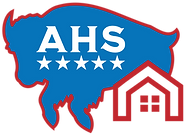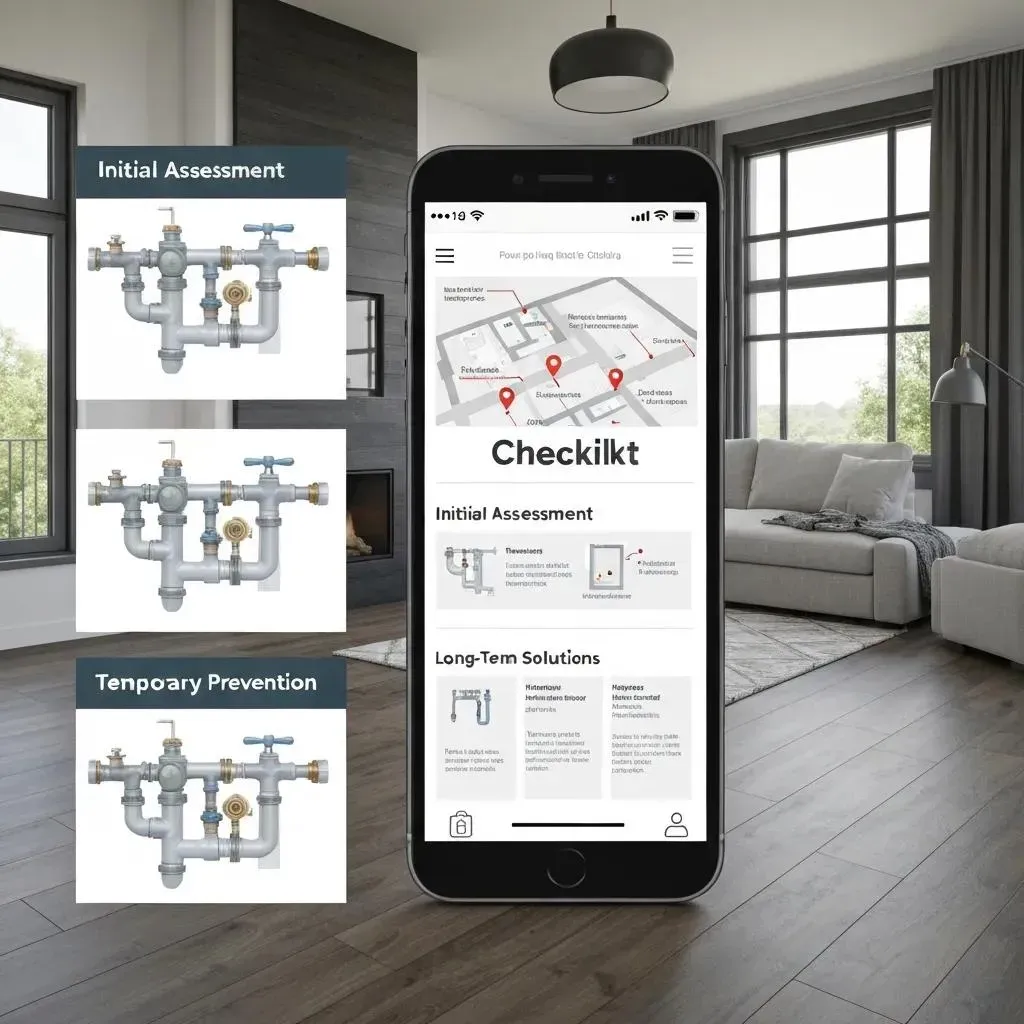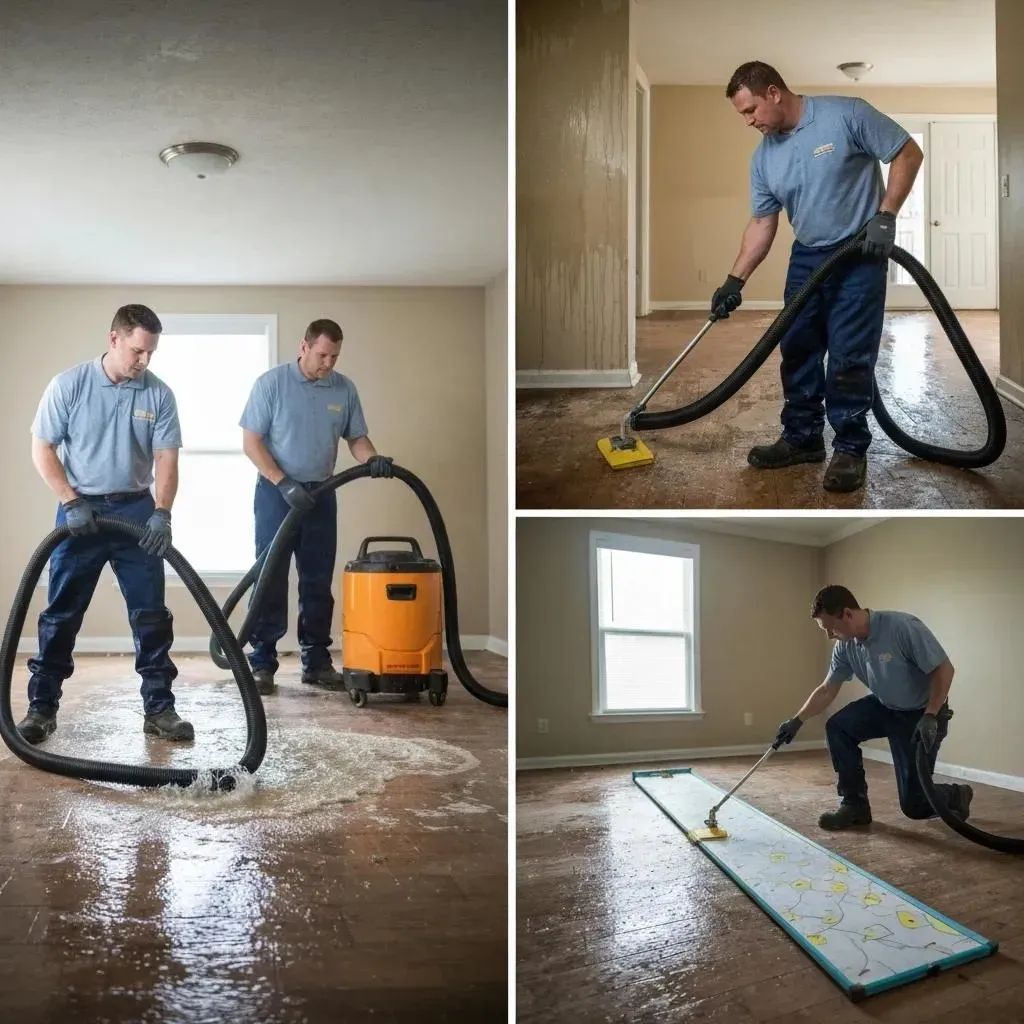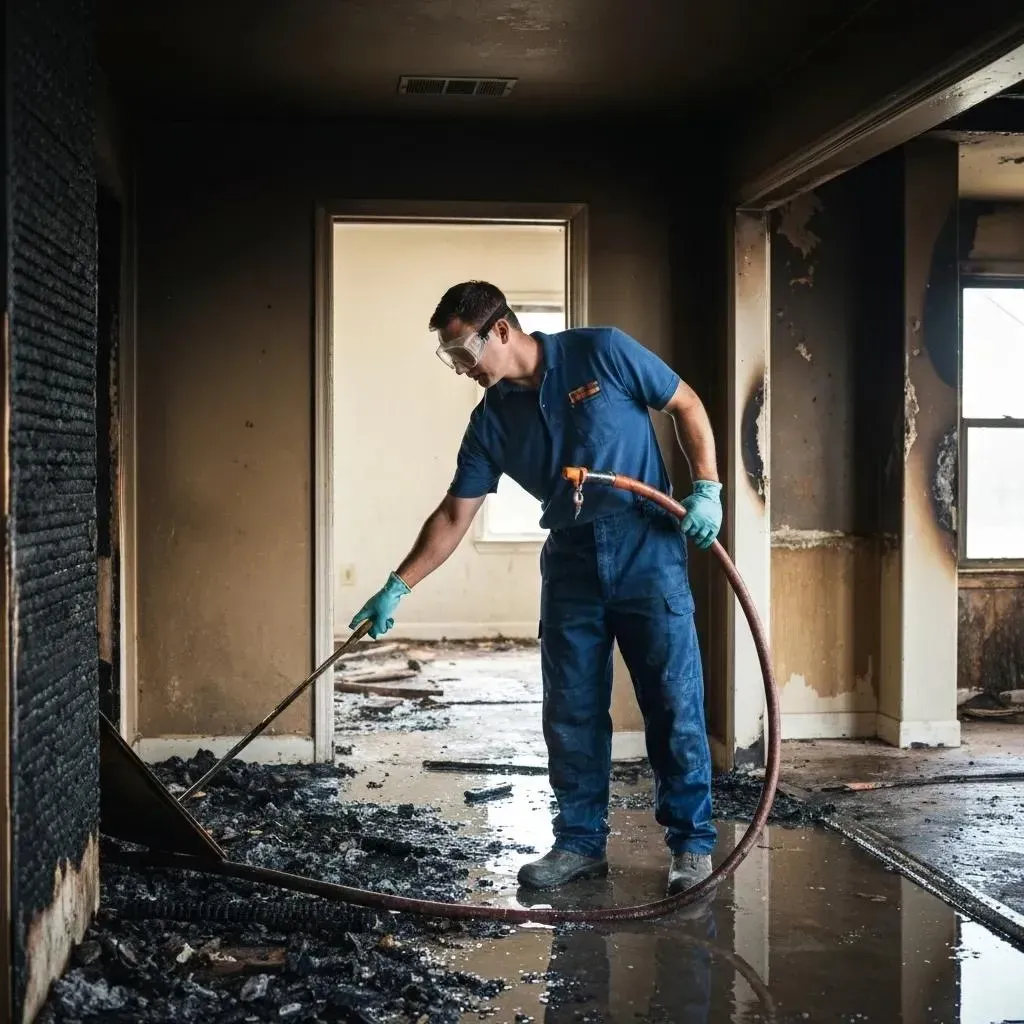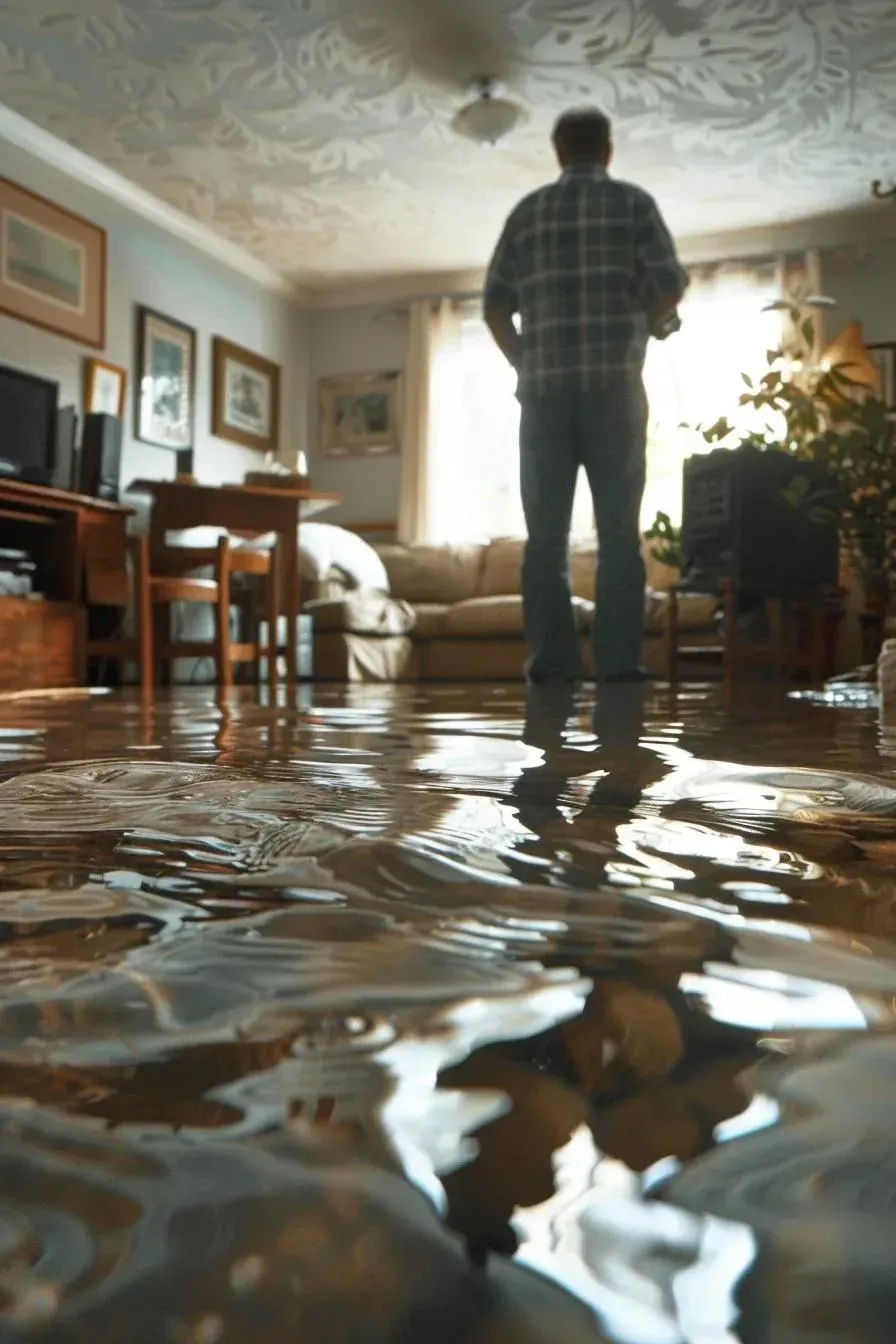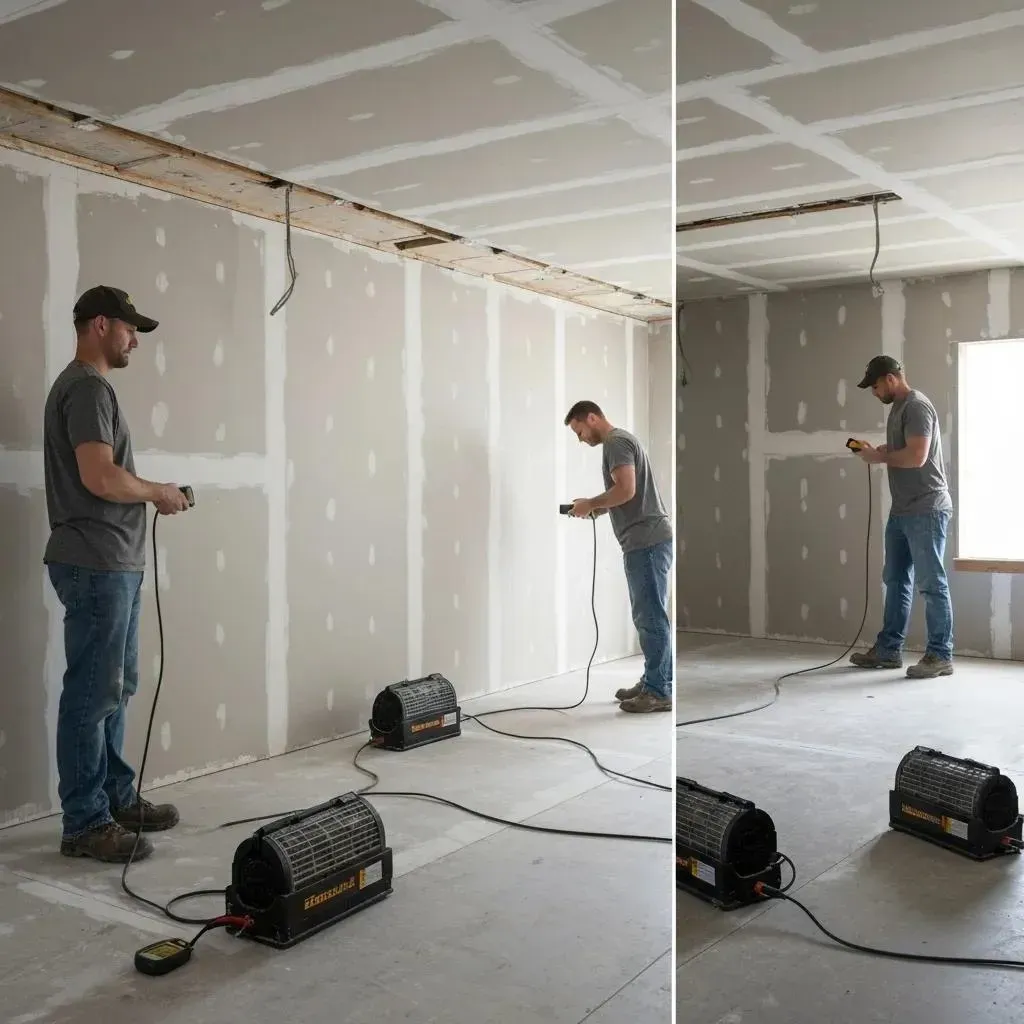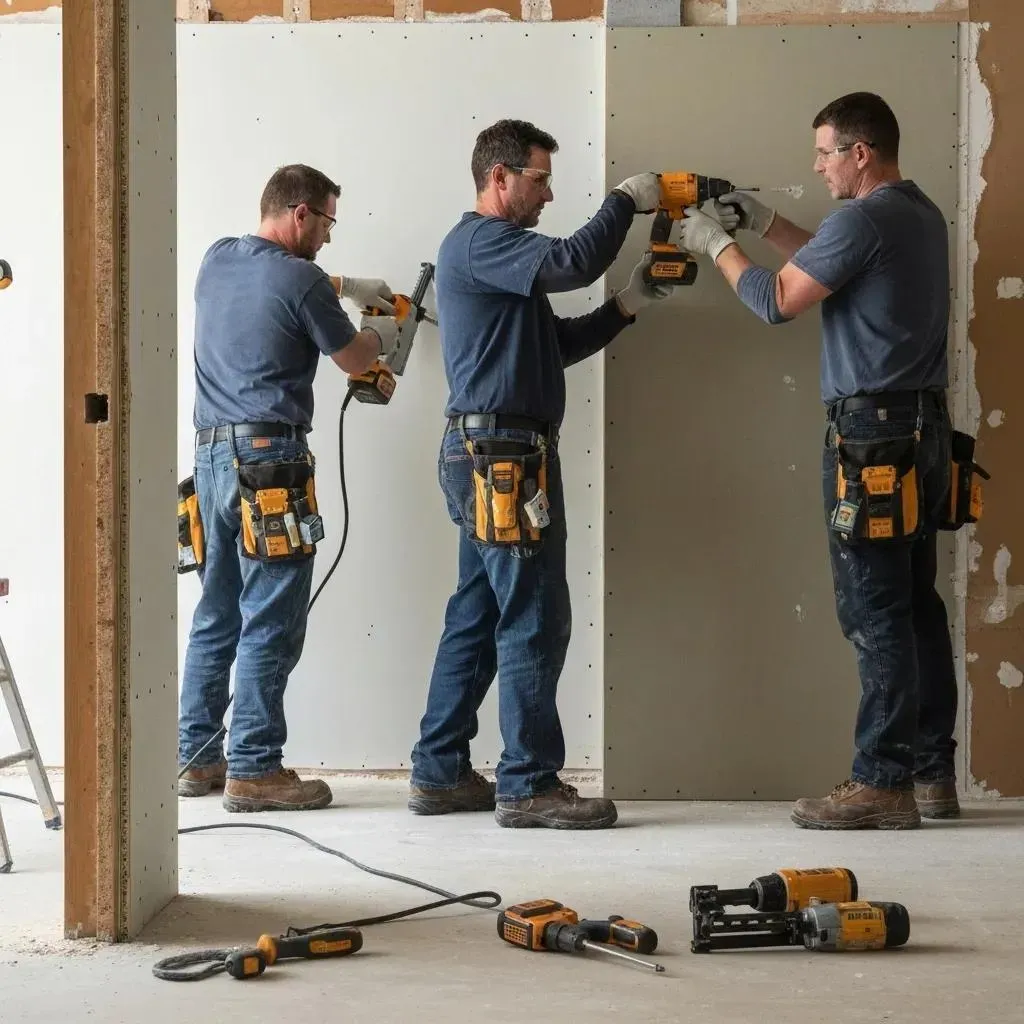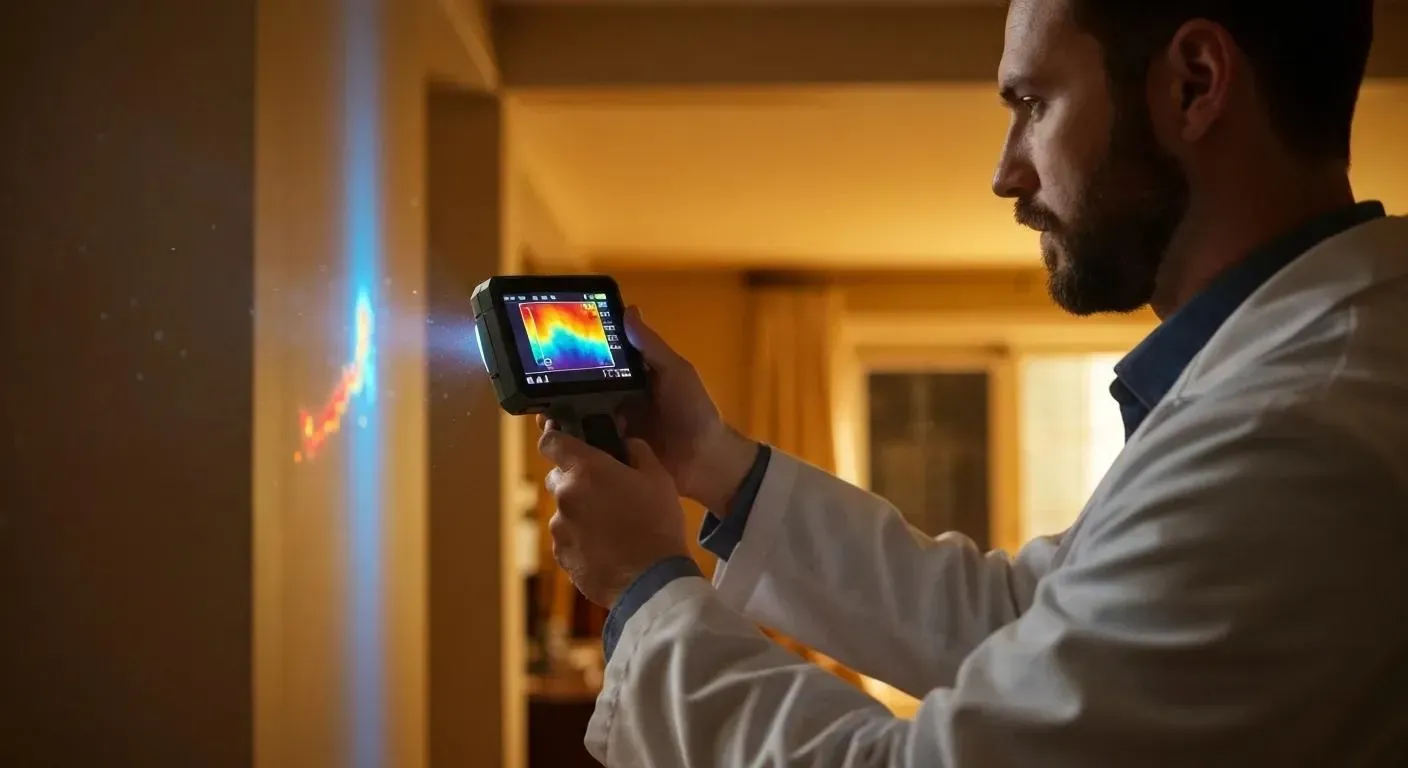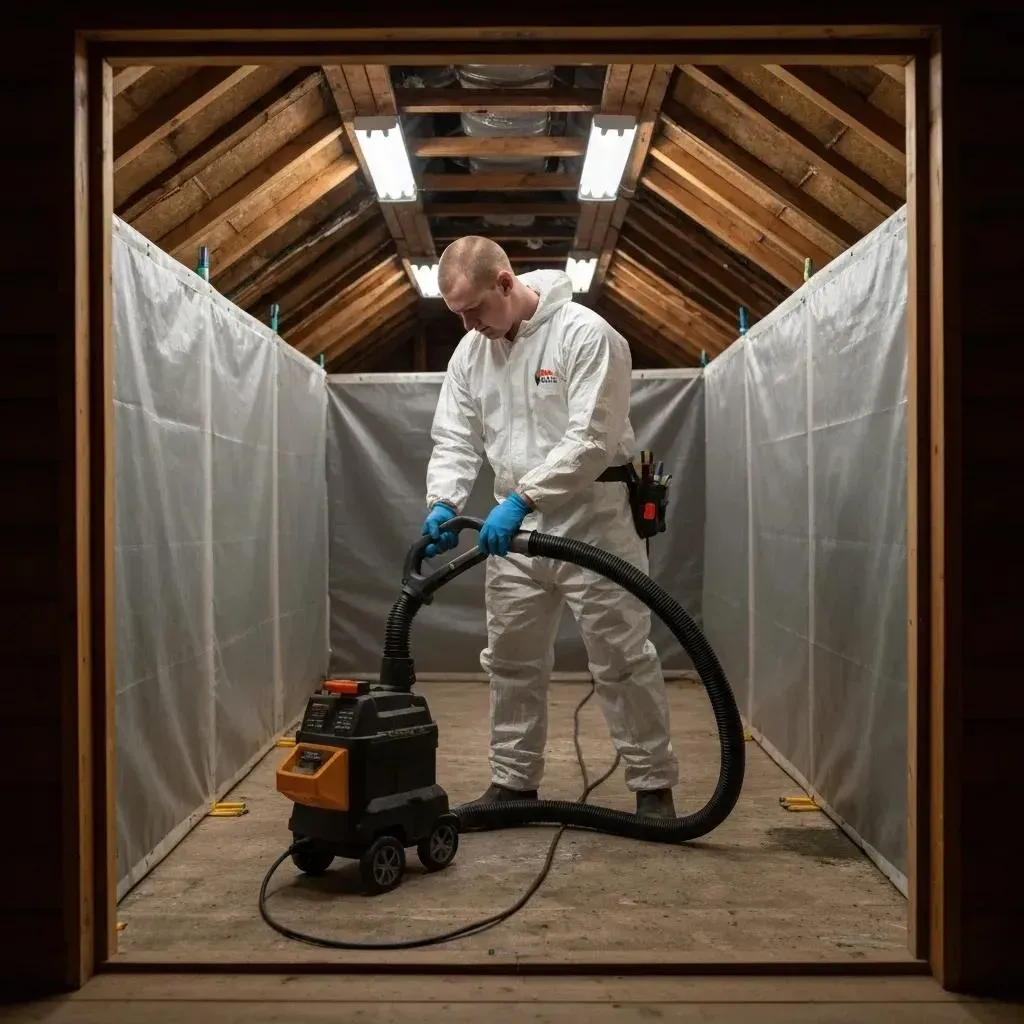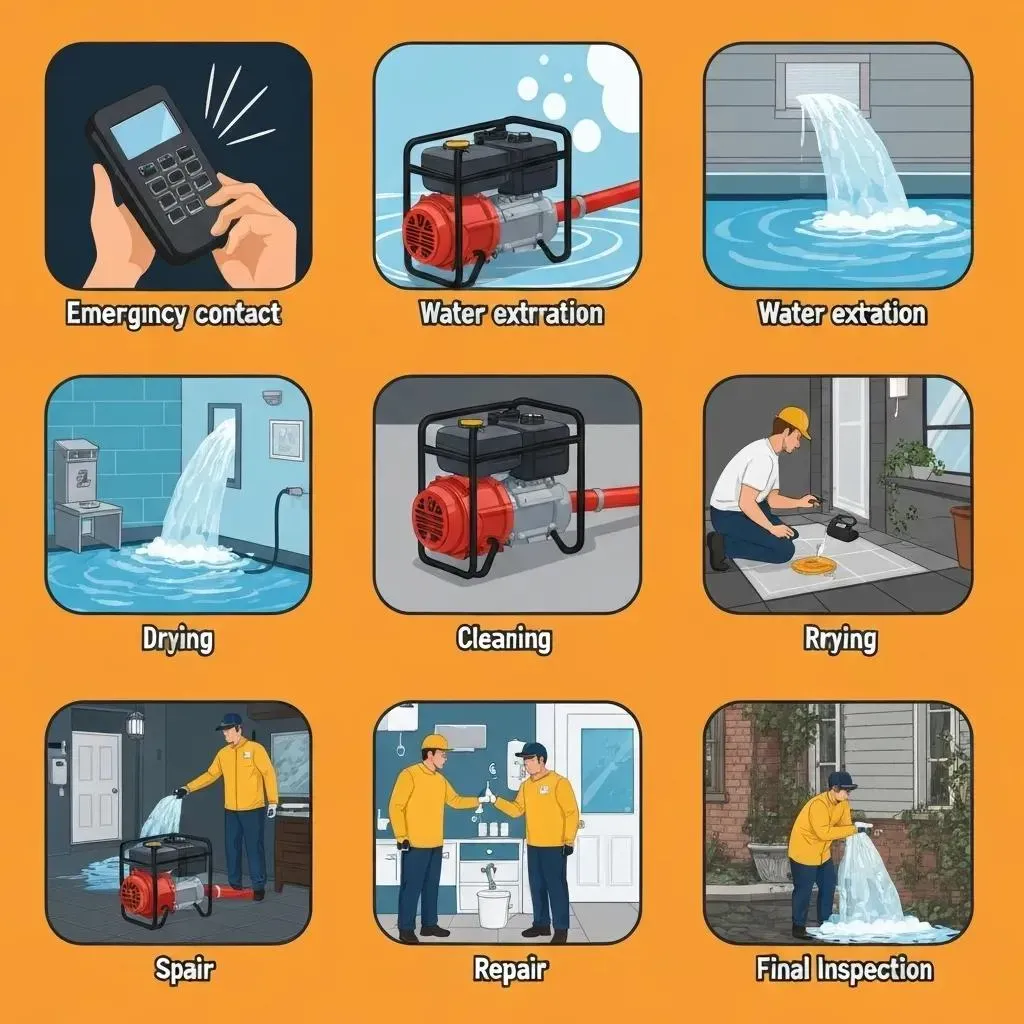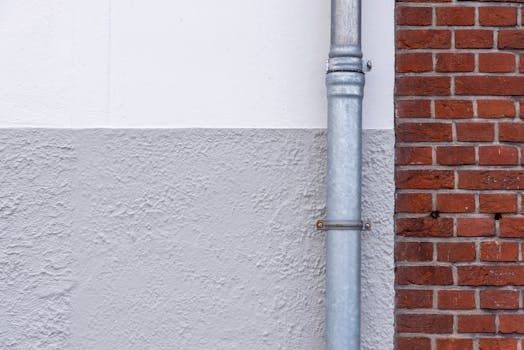Blog
Emergency Water Extraction: First Steps and Professional Methods for Effective Water Damage Cleanup
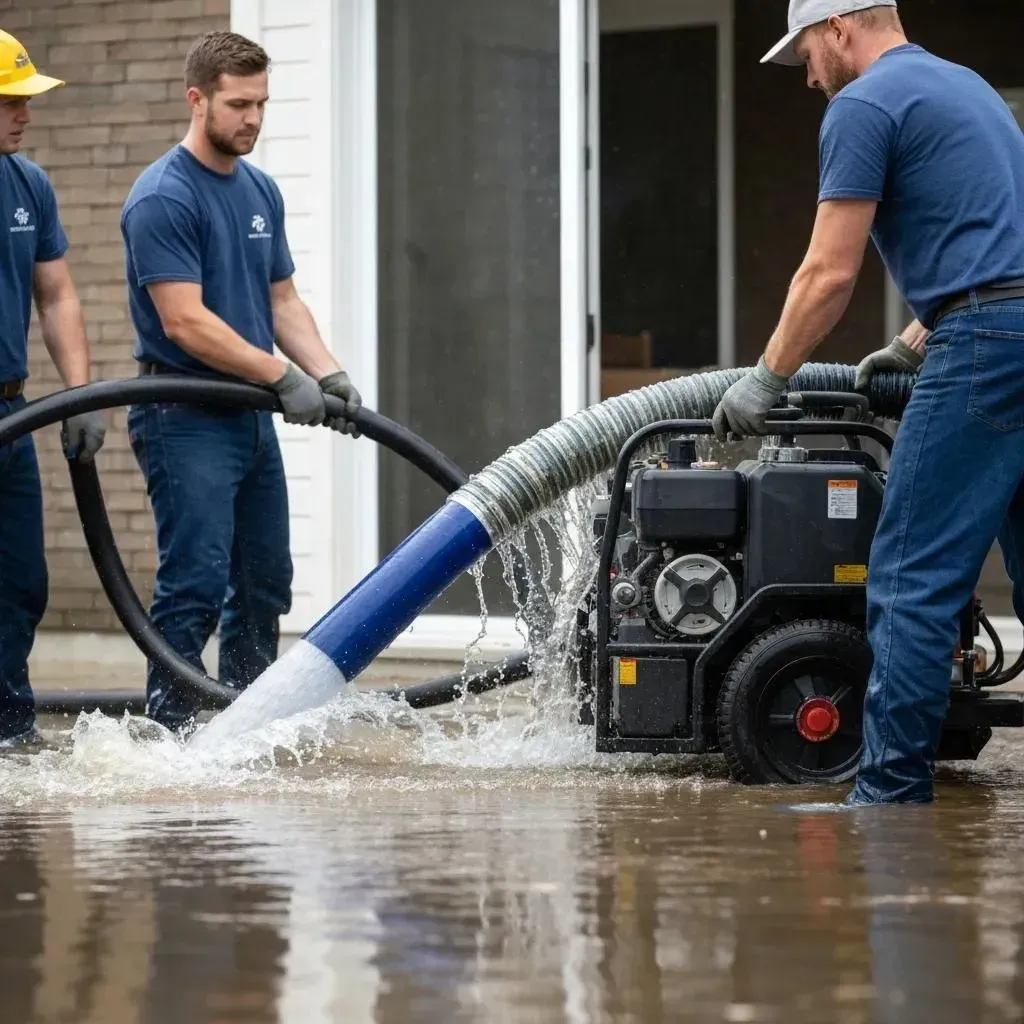
Water pooling in your home can significantly increase repair expenses with every passing hour, making swift action absolutely essential. Emergency water extraction is key to restoring safety, halting structural deterioration, and preventing mold infestations—all before your property suffers permanent damage. In this comprehensive guide, you'll learn:
- Why immediate water removal is critical
- Essential homeowner steps for safety and DIY extraction
- Advanced equipment and expert techniques for thorough drying
- How IICRC standards ensure top-tier professional quality
- When to partner with Accountable Home Services and navigate insurance claims
- Best practices for preventing mold after cleanup
For reliable, 24/7 emergency response throughout the Denver Metro Area, discover our Emergency Water Extraction Services – Accountable Home Services Denver and get your free estimate today.
Why Is Rapid Emergency Water Extraction Critical for Your Home?
Emergency water extraction is the process of removing standing water immediately following a flood, leak, or burst pipe to minimize ongoing damage. Prompt water removal prevents materials like drywall, wood framing, and insulation from absorbing excess moisture and degrading. For instance, swift extraction stops flooring from buckling and foundation elements from shifting.
Continuing without immediate action escalates the complexity and cost of repairs, making rapid water removal the foundation of effective restoration.
How Does Quick Water Removal Prevent Structural Damage and Property Loss?
Rapid water removal halts saturated materials from expanding and weakening. Wood studs and floor joists absorb moisture, leading to warping and compromising their load-bearing capabilities. Similarly, drywall that remains wet for over 24 hours loses its structural integrity and can collapse under pressure.
Key risks and their prevention measures include:
- Wood Swelling → Structural Weakness → Immediate Drying
- Flooring Delamination → Finish Damage → Rapid Extraction
- Drywall Saturation → Collapse Risk → Water Removal
Eliminating moisture before materials deteriorate safeguards your home’s structural integrity and preserves your valuable belongings.
What Health Risks Does Standing Water Pose and How Does Extraction Mitigate Mold Growth?
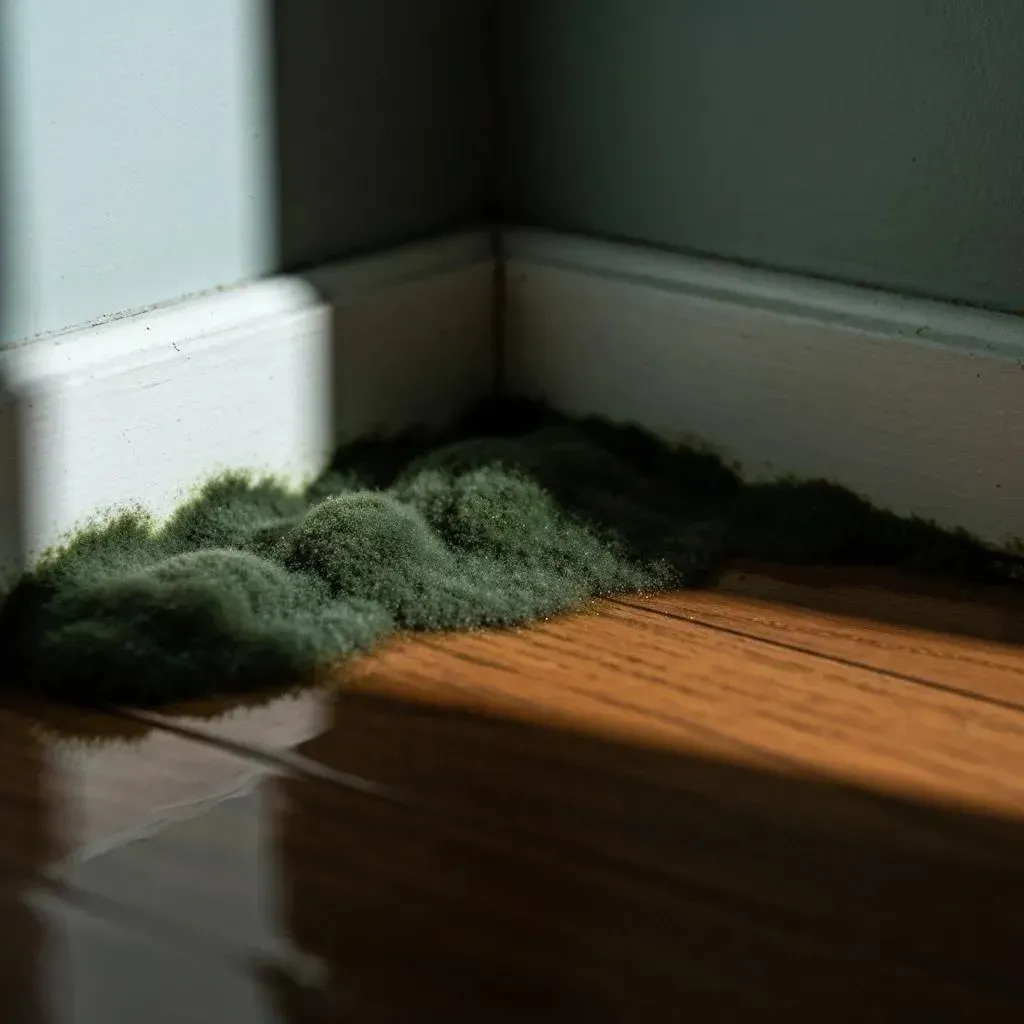
Professional restoration teams utilize industrial-grade equipment and proven processes to completely remove water and moisture from all structural components.
Emergency Water Extraction Equipment
Professional restoration teams employ industrial-grade equipment such as submersible pumps, industrial vacuums, and high-capacity fans to efficiently remove water and moisture.
This highlights the necessity of specialized equipment for thorough water extraction and drying.
| Equipment Type | Capacity | Primary Application | Why Essential |
|---|---|---|---|
| Submersible Pumps | 500+ GPH | Deep water extraction | Rapidly removes large water volumes |
| Industrial Vacuums | 20–30 gal | Low-lying water and debris | Reaches difficult-to-access areas |
| Sump Pump Systems | 1,000+ GPH | Continuous basement dewatering | Prevents re-flooding during ongoing leaks |
| High-Capacity Fans | 3,000 CFM | Air circulation for evaporation | Speeds up surface drying processes |
| Commercial Dehumidifiers | 90 pints/day | Moisture reduction in enclosed spaces | Maintains low humidity to inhibit mold growth |
How Does the Drying and Dehumidification Process Work to Prevent Further Damage?
Following extraction, technicians strategically position air movers and dehumidifiers to create airflow pathways that facilitate moisture evaporation from deep within walls and floors. Moisture meters are used to monitor relative humidity and material saturation levels. This controlled psychrometric approach:
- Increases the rate of evaporation
- Extracts excess moisture from the indoor air
- Prevents secondary damage like swelling or mold development
Maintaining appropriate humidity levels prevents hidden water pockets from undermining restoration efforts.
Why Is Comprehensive Moisture Detection Important and How Is Thermal Imaging Used?
Visible dryness can be misleading—water often conceals itself within structural cavities. Thermal imaging cameras detect temperature variations caused by moisture, revealing damp areas behind walls and beneath flooring. By pinpointing every wet spot, experts ensure complete drying and prevent future decay or microbial growth.
How Do IICRC Standards Ensure Quality and Safety in Water Extraction Services?
The IICRC S500 Standard establishes industry benchmarks for procedural excellence and safety in water damage restoration. Adherence to these guidelines demonstrates a commitment to best practices.
ANSI/IICRC S500 Standard for Professional Water Damage Restoration
The IICRC S500 Standard provides a clear, science-based process for water damage restoration, detailing how to assess water losses, effectively dry structures, and properly document all steps for safety and efficiency.
This standard serves as the industry benchmark for water damage restoration, ensuring quality and adherence to best practices.
What Does IICRC Certification Mean for Technicians and Service Quality?
IICRC-certified technicians undergo rigorous training covering water classification, drying principles, antimicrobial treatments, and safety protocols. This credential guarantees:
- Accurate damage classification (Category 1–3 water)
- Appropriate equipment selection and deployment
- Safe disposal of contaminated materials
- Compliance with health and safety regulations
Certification ensures professional consistency and provides homeowners with peace of mind.
IICRC Certification
IICRC-certified technicians receive extensive training, ensuring they are fully equipped to handle water damage restoration professionally, adhering to industry standards for safety and quality.
This underscores the significance of professional expertise in water damage restoration.
When Should You Call Accountable Home Services for Emergency Water Extraction in Denver?
Professional intervention becomes necessary when water damage surpasses DIY capabilities or presents health risks. Our 24/7 response team is dedicated to minimizing downtime and restoration costs.
What Are the Signs That Indicate You Need Professional Water Extraction Help?
Consider expert assistance if you encounter:
- More than 1 inch of standing water
- Water contamination involving sewage or chemicals
- Visible mold growth or persistent musty odors
- Warping floors or bubbling drywall panels
Promptly recognizing these indicators ensures immediate action and leads to improved outcomes.
How Does Our 24/7 Emergency Response Serve the Denver Metro Area?
Accountable Home Services maintains fully staffed crews around the clock, ready to deploy within 60 minutes of your call. Our local technicians navigate Denver neighborhoods efficiently, bringing certified expertise and providing complimentary, on-site estimates. Rapid arrival prevents secondary damage and restores your property to its pre-loss condition.
How Can Accountable Home Services Assist You with Water Damage Insurance Claims?
Navigating insurance claims after water damage can be a complex process. Our team is here to simplify it and help maximize your coverage.
Water Damage Insurance Claims
To successfully file a water damage claim, homeowners should identify the source of the damage, meticulously document it with photographs, and contact their insurer promptly.
This offers guidance on managing the insurance claims process following water damage.
What Is the Process for Documenting Damage and Working with Insurance Adjusters?
Our technicians meticulously photograph and inventory all affected areas and materials, developing a detailed scope of work. We communicate directly with adjusters, presenting comprehensive reports that:
- Classify water categories and impacted surfaces
- Outline the necessary remediation steps
- Provide accurate cost estimates
Clear and thorough documentation expedites claim approval and minimizes your out-of-pocket expenses.
How Do Deductibles and Coverage Affect Emergency Water Extraction Costs?
Insurance policies vary, but most cover sudden, accidental water damage events. Your deductible is applied first, after which the insurer covers the remaining costs. Understanding your coverage limits and exclusions—such as flood endorsements—helps you anticipate expenses and avoid surprises during the restoration process.
What Are the Best Practices to Prevent Mold Growth After Water Damage?
Even after water extraction, residual moisture can promote mold growth if not addressed with proven techniques.
How Quickly Can Mold Develop and Why Is Prompt Extraction Vital?
Mold spores can begin to germinate within 24–48 hours when relative humidity levels exceed 60%. Immediate water removal and thorough drying interrupt this cycle, preventing the development of colonies that can compromise indoor air quality and trigger health issues.
Mold Growth After Water Damage
Mold can start growing within 24–48 hours after water damage occurs, thriving on various household surfaces and potentially causing health problems. Swift action is crucial to prevent its spread.
This emphasizes the critical importance of rapid water extraction to prevent mold growth and safeguard health.
What Drying Techniques and Mold Remediation Services Are Recommended?
Effective post-extraction protocols include:
- Industrial dehumidifiers to maintain consistently low humidity levels
- Air scrubbers equipped with HEPA filters to capture airborne spores
- Antimicrobial treatments applied to structural framing
- Controlled demolition of materials beyond repair
These combined measures ensure a mold-resistant environment and provide lasting protection.
Swift emergency water extraction, guided by IICRC standards and executed with advanced equipment, is essential for preserving your home’s structure, health, and value. Whether you're dealing with minor flooding or extensive damage, proactive steps and professional intervention can prevent costly repairs and mold complications. For immediate assistance, complimentary estimates, and trusted expertise in the Denver Metro Area, contact Accountable Home Services today—your dedicated partner in comprehensive water damage restoration.
